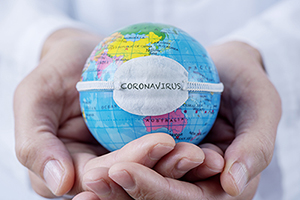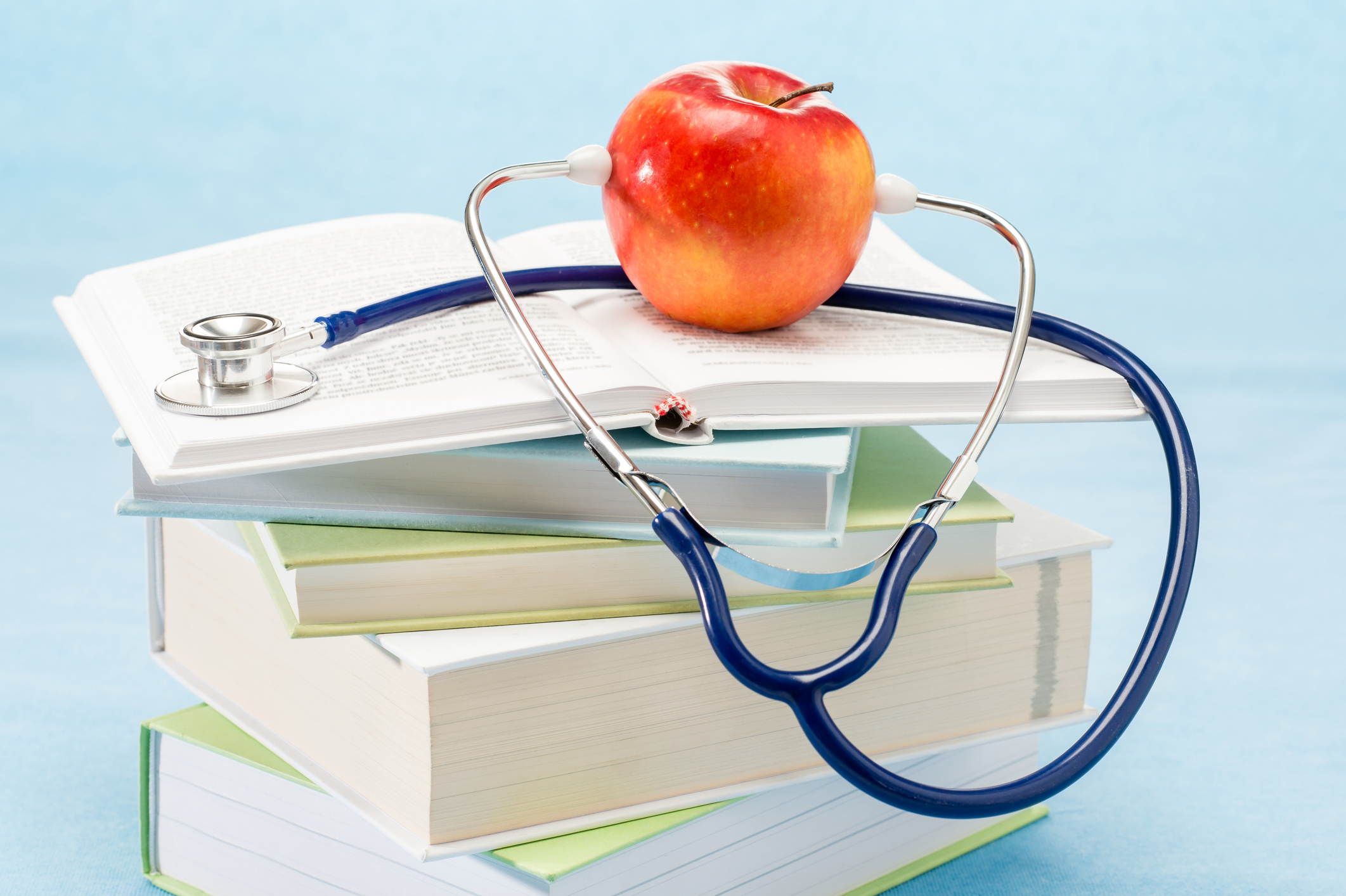Whew! There’s a lot to report here. Today, I’ll try to impart some of the latest facts about the COVID-19 (aka “coronavirus”) pandemic, although things are moving really fast.
In fact, they’re moving so swiftly that you may have noticed this newsletter is coming to you a few days early. As you know, I strive to keep all my readers informed on the latest health news, so in an effort to make sure you’re getting the most up-to-date information, we’ve tightened the production of my weekly newsletter to provide the shortest turnaround between when I write my article and when you receive it. As such, in the coming weeks, you may notice that you receive the newsletter earlier in the week, or even more than once per week, as the developments in our knowledge demand. I hope you’ll bear with the deviations from our usual schedule, and that you find these newsletters helpful and informative in these unpredictable times. I also encourage you share this newsletter with your loved ones to keep them informed.
Without further ado, here’s the latest news on COVID-19:
How severe is it? Very. I posted a special podcast Sunday with Dr. Leo Galland, a highly-respected veteran integrative practitioner who believes we should prepare for the worst. He estimates that within months, the majority of Americans will contract coronavirus infections, and the death rate will be around 1%—more in the frail elderly and those with predisposing conditions like diabetes, hypertension, lung disease, or with deliberate immune-suppression due to chemo or radiation, or medications like steroids and biologics now used for autoimmune conditions or to prevent organ transplant rejection. That means that the death toll could rise into the millions.
He, and other health experts, believe it’s just a matter of simple math. The transmissibility of COVID-19 has been calculated to be 3.58, which means that every individual who is infectious has the ability to transmit the virus to 3+ individuals. The concern is that at least 10% of carriers may remain asymptomatic and are “silent spreaders”. So just sequestering ill people won’t halt the transmission of the disease. That’s why governments are stampeding to initiate total lockdowns to stanch the spread.
Let’s do the math. Rounding off to a transmission rate of 3, stating with one errant spring breaker or returning Mardi Gras celebrant, and you get 3 additional infections. 3—>9—>27—>81—>243—>729 . . . you see where this is going.
Hence the need to break the chain of transmission by social distancing, frequent and thorough handwashing, and keeping surfaces clean.
Of course, we must temper doomsday scenarios with some valid counterarguments. Aaron Ginn, a mathematical modeler and data analyst makes some reassuring points. Mass hysteria is rampant—and probably unjustified. Fully 13% of Americans believe they already havethe COVID-19 virus—and that’s an impossibility at this early point in the epidemic. 93% of people who think they have COVID-19 test negative; they may simply have an ordinary cold or flu, or are just apprehensive. They may be suffering from a scratchy throat because the humidity was too low in their home or apartment, or having allergy symptoms now that trees are in full blossom, or experiencing a caffeine withdrawal headache, or just feeling achy, tired and out of sorts like they usually do from time to time.
Some contend the real increase may be as low as 10% per day, which is bad but not catastrophic. The surge in numbers that we’re seeing, they say, is simply a reflection of the fact that more test kits are becoming available and thus many more cases are being diagnosed.
Also, as with every deadly epidemic historically, there’s a bell curve: cases increase, then level off, and finally decline. We’re seeing that already in places like China and Korea which were hit early and now are reporting a scant few new infections. Part of that is due to stringent efforts to quarantine the sick and compel social distancing—authoritarian states have the unique policing power to lockdown the populace.
And, fortunately, we’re not dealing with anything nearly as deadly as the Spanish Flu of 1918-19. That killed 50-100 million people worldwide, including 675,000 Americans (the population was then a third of what it is now). Unlike COVID-19, Spanish Flu did not selectively cull individuals who were aged, frail or immunosuppressed. Fully half of its victims were ostensibly healthy 20-40 year olds; remarkably, 99% of deaths occurred among those under 65! Today’s rapid communications and social media have alerted the populace to the hazards of crowding and our public health and medical systems are vastly improved, so I can’t see a repeat of that tragedy. Even so, the Spanish Flu pandemic burned itself out, leaving us with the legacy of H1N1 influenzas that periodically circulate back to this day—but in far less deadly forms.
And that’s another thing about viruses. They constantly mutate in an effort to conform to the laws of natural selection. From an evolutionary standpoint, a virus like Ebola that kills a high proportion of its victims and rapidly announces its presence by causing mucus membrane hemorrhages is a lousy adaptation. Epidemics of Ebola quickly burn out because their human transmitters are quickly immobilized and isolated. Coronavirus is far more successful at spreading because it’s milder and more insidious. It’s suspected that social distancing will favor mutations that will make it even milder, permitting more stealth transmission, which paradoxically is ultimately good news.
Then there’s the notion that “sunlight is the best disinfectant”—and not just in the metaphorical sense. It’s not yet known how Coronavirus will adapt to warmer weather, but many related respiratory virus epidemics remit in summer months and in warmer climes. It’s thought that UV light acts as a sterilizer, and that increased humidity captures and neutralizes respiratory secretions suspended in the air. We’ll have to see if Coronavirus conforms to that pattern—we’ll have our eyes on our warmer climate neighbors in the Southern US and in places like Mexico, India, Venezuela, and Brazil for prognostication on what may happen when temperatures warm across the temperate latitudes.
We’re all-in on the concept of “flattening the curve” to minimize the stress our overburdened health care systems will experience if there’s a sudden surge in cases. But there’s a risk-benefit equation. Already a furious debate is emerging around whether we’re too subservient to health authorities who have captured the ear of government officials. An economy is somewhat analogous to a jet airliner. If you pull it into a steep climb to avoid a looming obstacle, you have to be careful that you don’t prompt it to stall and plummet uncontrollably like an errant 737Max. That could have some real health consequences if we precipitate widespread unemployment, serious money troubles, and even the collapse of social order, not to mention the psychological effects of a prolonged depression. There’ll be a need for continuous fine tuning of the delicate balance of the risks vs. benefits of a prolonged lockdown.
This week we’re going to issue additional special timely newsletter dispatches to provide you with information you need to safeguard yourself and loved ones from Coronavirus. There are many more ramifications to this. Next, we’ll focus on proposed preventives and treatments—including conventional treatments as well as natural support for immunity. Stay tuned and watch for our timely podcasts, and make sure you’re following us on Facebook and Twitter for the latest news.
If you have questions about the COVID-19 coronavirus, email them to questions@drhoffman.net
Be safe, be healthy—and wash your hands!







